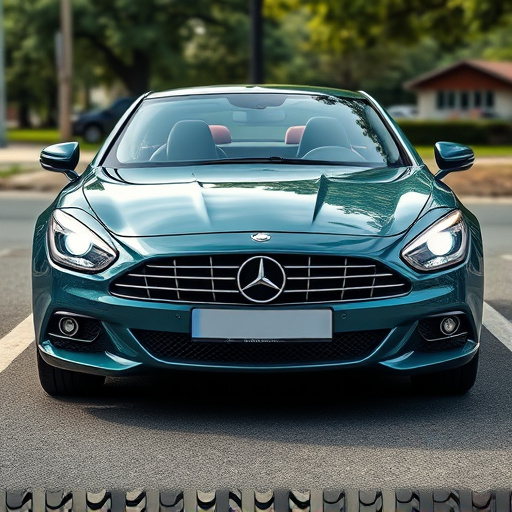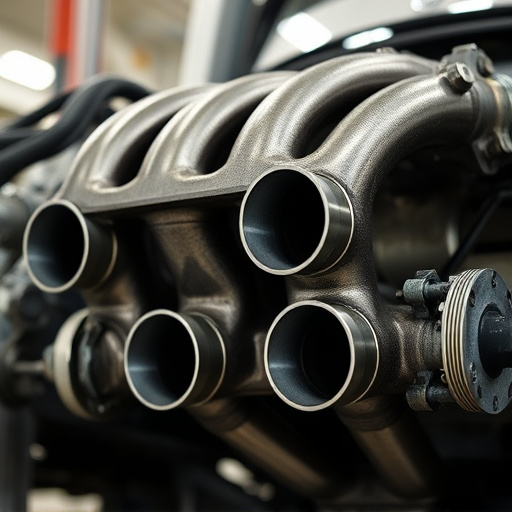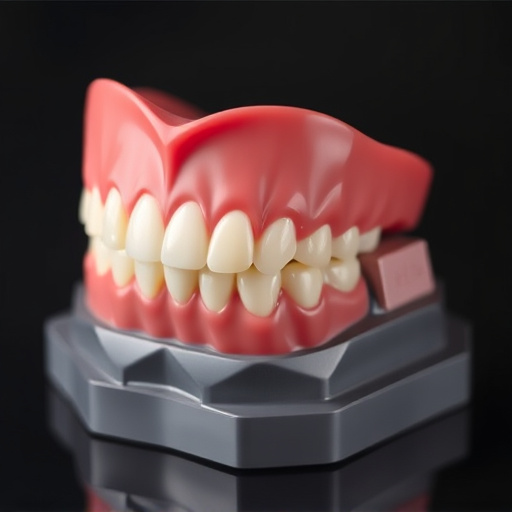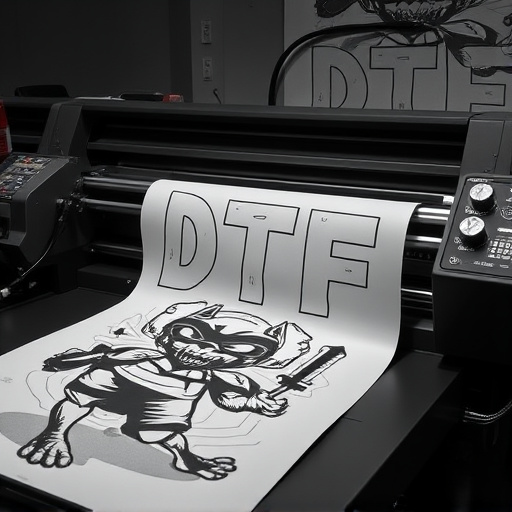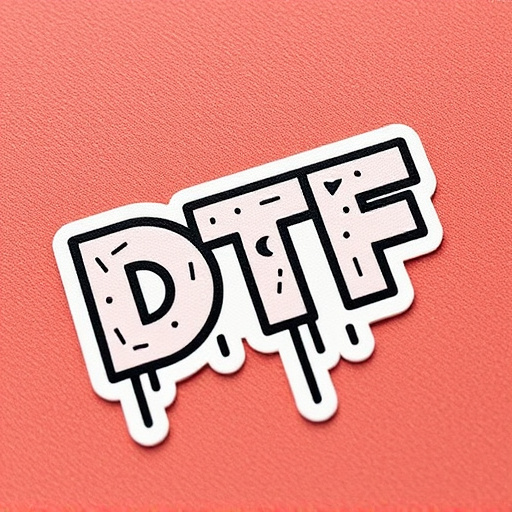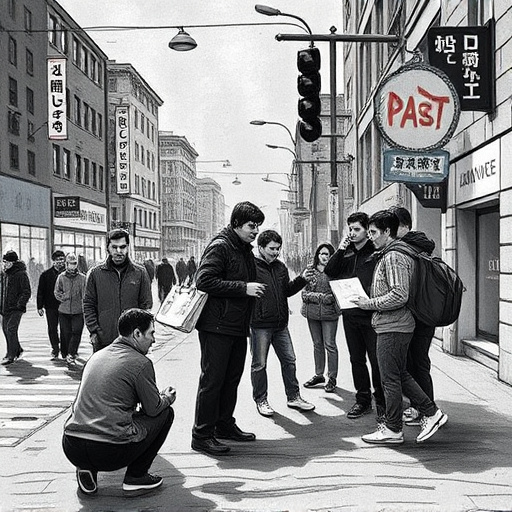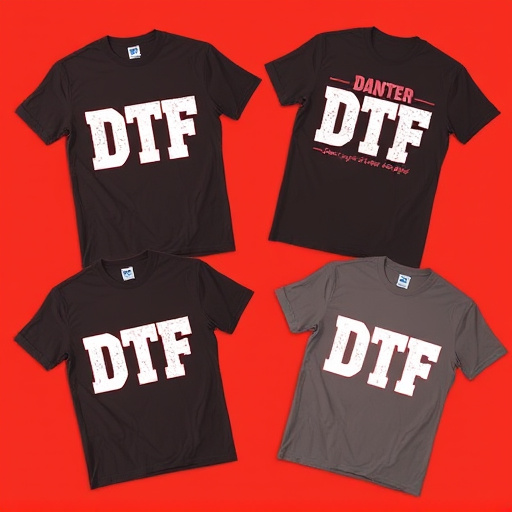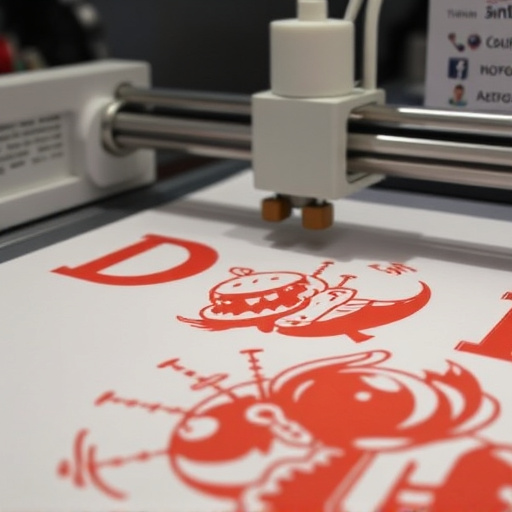Direct-to-Film (DTF) Transfers is a game-changer in apparel printing, allowing designers to print directly onto fabrics with specialized equipment and inks. This technology streamlines production by eliminating intermediate steps, enhances customization, and ensures vibrant color reproduction across various fabric types. Choosing the right DTF tools, including printers and cutting tools, is crucial for high-quality prints on items like custom hoodies. Strategic planning, meticulous design preparation, and compatibility with existing equipment are key to successful DTF implementation for businesses in a competitive market.
In today’s fast-paced media landscape, efficient content creation is paramount. Direct-to-Film (DTF) transfers offer a game-changing approach, eliminating traditional file-based workflows and enhancing productivity. This article explores the benefits of DTF transfers and how they streamline processes, from improved image quality to reduced latency. We’ll guide you through choosing the right tools for seamless integration and provide best practices to optimize your workflow, ensuring top-tier results with this cutting-edge technology.
- Understanding Direct-to-Film Transfers and Their Benefits
- Choosing the Right Tools for Seamless Integration
- Implementing DTF Transfers: Best Practices and Tips
Understanding Direct-to-Film Transfers and Their Benefits
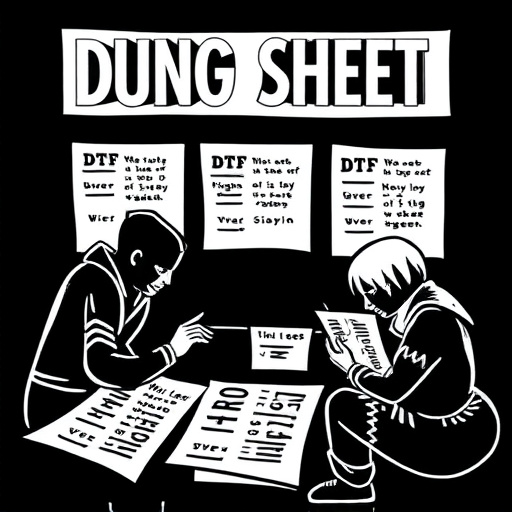
Direct-to-Film Transfers (DTF) is a cutting-edge technology that allows designers and businesses to print directly onto fabric using specialized equipment and inks. This innovative process offers numerous benefits, particularly in optimizing workflow efficiency for custom apparel and promotional products. One of its key advantages is the elimination of intermediate steps, such as screen printing or heat press methods, which can be time-consuming and costly. With DTF printing, designs are directly applied to light fabrics like cotton and polyester, enabling faster turnaround times and more flexibility in creating personalized items.
This technology streamlines the production process, making it an attractive option for businesses seeking to enhance their customization capabilities. For instance, direct to film personalized hoodies can be produced swiftly, allowing companies to cater to individual customer preferences without compromising speed or quality. DTF printing’s precision and vibrant color reproduction ensure that designs maintain their integrity on various fabric types, opening up a world of creative possibilities for marketers and fashion designers alike.
Choosing the Right Tools for Seamless Integration

Selecting the appropriate Direct-to-Film (DTF) transfers tools is paramount to ensure a seamless workflow and exceptional print quality, especially for Custom graphic tees. When choosing your equipment, consider compatibility with your existing setup. Look for dtf printing solutions that seamlessly integrate with your direct to film printer, offering easy loading and reliable performance. This reduces downtime and increases productivity.
For instance, if you specialize in designing tees for dark fabrics, a DTF printer optimized for such materials will be beneficial. These printers employ specialized inks designed to cling firmly to darker surfaces, resulting in vibrant graphics that pop against the fabric’s hue. By investing in the right tools, you can streamline your process, enhance customer satisfaction, and stand out in the competitive market of custom graphic tees.
Implementing DTF Transfers: Best Practices and Tips

Implementing Direct-to-Film (DTF) Transfers involves a series of best practices and tips to ensure optimal results. First, choose the right tools and software for your project. DTF transfers require specialized equipment like direct-to-film printers, high-quality films, and precise cutting tools. Ensure your setup aligns with your intended application, whether it’s for custom t shirts, dtf printing for hoodies, or dtf for Custom graphic tees.
Next, prepare your designs meticulously. High-resolution graphics are crucial for crisp prints. Use vector formats whenever possible, as they scale better than raster images. Trim and position your design accurately on the film to avoid waste and ensure every detail transfers perfectly onto your substrate.
Direct-to-Film Transfers (DTF) offer a game-changing approach to optimizing video workflows, enabling seamless integration between different production stages. By choosing the right tools and implementing best practices, filmmakers can streamline their processes, enhance efficiency, and deliver high-quality content faster. The benefits of DTF are clear: it revolutionizes the way we handle footage, ensuring a smoother transition from capture to post-production. As we’ve explored in this article, understanding these transfers and adopting them strategically is key to staying competitive in today’s dynamic media landscape.


